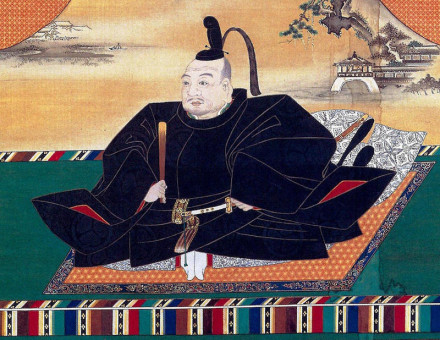Why Men Rebel
Bernhard W. Scholz describes how the burghers of Laon in 1112 set a violent example of twelfth-century revolt against established authority.
On the first Friday of the new year, 1110, Gerard, castellan of Saint-Jean in Laon, rose from his bed at daybreak.
He headed for the cathedral of Notre-Dame, arriving at the church on horseback, accompanied by a few knights. He had only one eye, a short, lean figure, and wore a fur cloak of ermine over a purple robe.
While his companions went their various ways to the altars of the saints, the castellan stopped before a crucifix raised on a pillar, in about the middle of the church.
He might have been ruing the mean jokes he often made, the filthy language he sometimes used, his churlishness towards Count Enguerrand who had advanced his career, his affair with Enguerrand’s wife.
But suddenly two men seized him from behind, one of them holding him in his precious coat as in a sack. Caught in an iron grip, Gerard could not count on his strength, but his tongue was as quick as ever.





